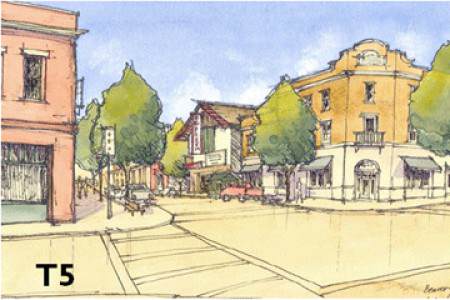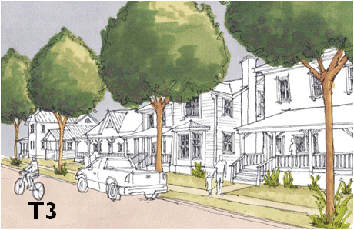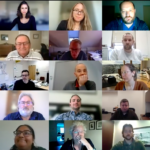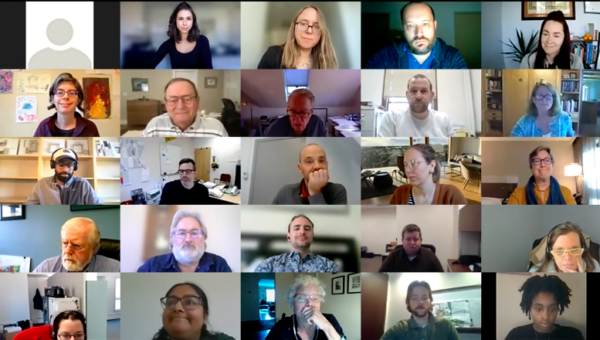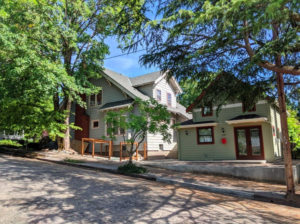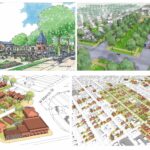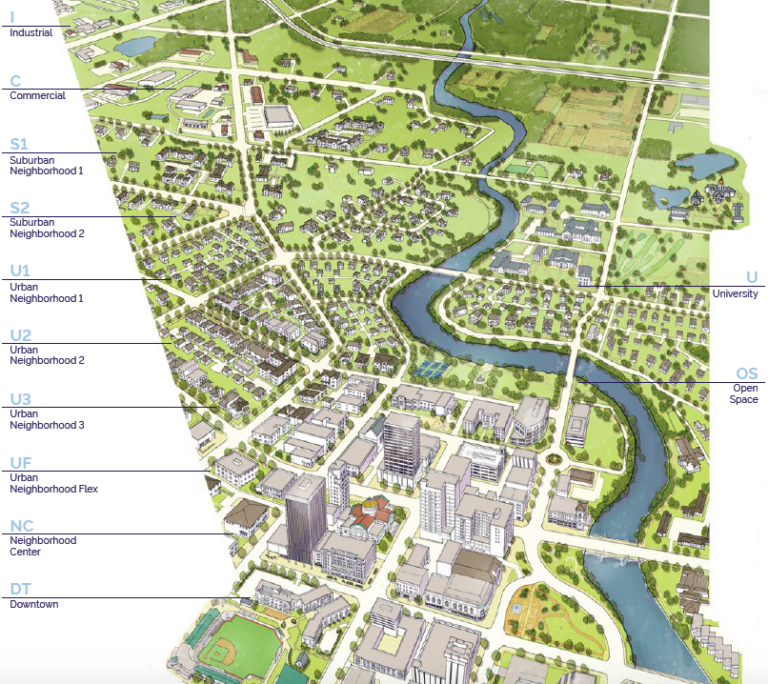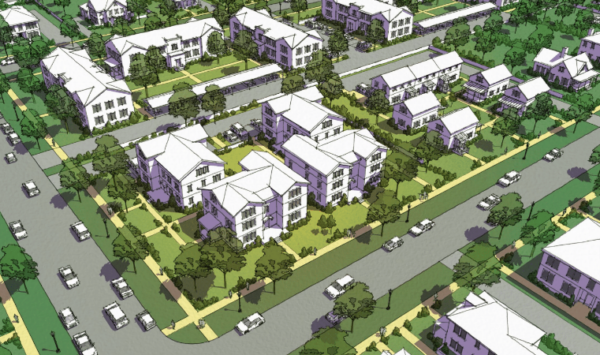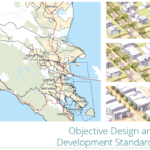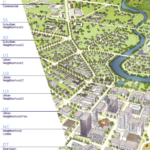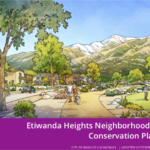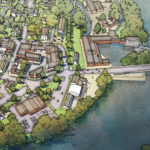Form-Based Codes, Flagstaff & Education
Flagstaff adopted a form-based code for the city’s downtown and neighboring historic districts in November 2011. As the city’s Zoning Code Administrator, I’ve helped to guide the code making since its inception, and I’ve enjoyed the process. I could tell you a lot about what I’ve learned along the way. In this post, I’ll just begin with a very basic consideration, a key ingredient to our success in Flagstaff. It is the essential importance of education from the very beginning to help city officials and all residents gain understanding of Smart Growth principles and FBCs.
 In fact we began with our staff, going back to 2006 when a developer pushed for a Traditional Neighborhood Development project, and we knew we needed updated zoning in place to support it. About that time, FBCI was launching its 3-course training series where five of our senior planning staff and the City Attorney attended. A year or so later, all city planning staff attended the three classes, while a few from Engineering took the introductory class.
In fact we began with our staff, going back to 2006 when a developer pushed for a Traditional Neighborhood Development project, and we knew we needed updated zoning in place to support it. About that time, FBCI was launching its 3-course training series where five of our senior planning staff and the City Attorney attended. A year or so later, all city planning staff attended the three classes, while a few from Engineering took the introductory class.
The courses provided the foundation we needed, while our knowledge continued to grow as we developed a TND ordinance based on the SmartCode. We eventually expanded our efforts into a form-based code covering large areas of the city’s core and historic neighborhoods, in what became a parallel (optional) code with incentives for its use by developers. And we did this knowing that we faced natural resistance to new planning tools that most people know little about. Yet we did it without public opposition.
How? From the very beginning, we made a persistent and focused effort to educate the city’s elected and appointed officials (City Council and Planning and Zoning Commission), senior city staff including the city manager, and interested residents and stakeholders who would be actively involved in these codes’ adoption. The approach taken was simple, cost-effective, and not especially time consuming, but it did mean that residents and city officials were informed early in the process about new coding techniques and tools that were unfamiliar to them.
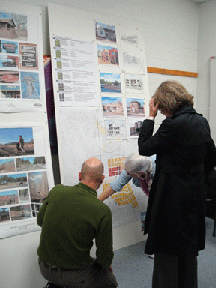 We began simply giving out literature: articles were shared with city officials, all pertinent city staff (including engineering, public works, and city attorney staff), and interested residents. Information gleaned from websites, online forums, and blog posts was also shared via memo or e-mail. We made sure we were not infringing on copyright requirements, and at all times cited authors and sources of information. Also, by hosting frequent informal community meetings, staff made presentations that not only conveyed information but helped to build a rapport and relationship with the community.
We began simply giving out literature: articles were shared with city officials, all pertinent city staff (including engineering, public works, and city attorney staff), and interested residents. Information gleaned from websites, online forums, and blog posts was also shared via memo or e-mail. We made sure we were not infringing on copyright requirements, and at all times cited authors and sources of information. Also, by hosting frequent informal community meetings, staff made presentations that not only conveyed information but helped to build a rapport and relationship with the community.
To our delight, we found that discussion of one particular subject would lead to a stimulating discussion on another. Staff delivered similar presentations to local stakeholder groups (realtors, contractors, chamber of commerce, etc.) as well as to local civic organizations. All in all, this simple and low-cost outreach and educational strategy proved extremely effective in Flagstaff, as it helped to build trust. Indeed, many who came to the meetings eventually became our strong allies as we worked to advance Smart Growth principles and FBCs.
Over time, community members began to understand the benefits of Smart Growth, TND, and FBCs. Perhaps more importantly, many realized that these tools and techniques could be applied in Flagstaff without infringing on individual property rights or mandating one development type over another, and that choices in lifestyle, housing type, commuter patterns, etc. would still prevail. At the time of adoption both the SmartCode-based TND ordinance and the parallel Form-Based Code saw very little public opposition or concern. Indeed a majority of speakers in public hearings expressed their support for these new codes.
So that’s a plug for education. I’ll write more about our technical challenges in writing and implementing these codes, in future posts appearing on this page.

